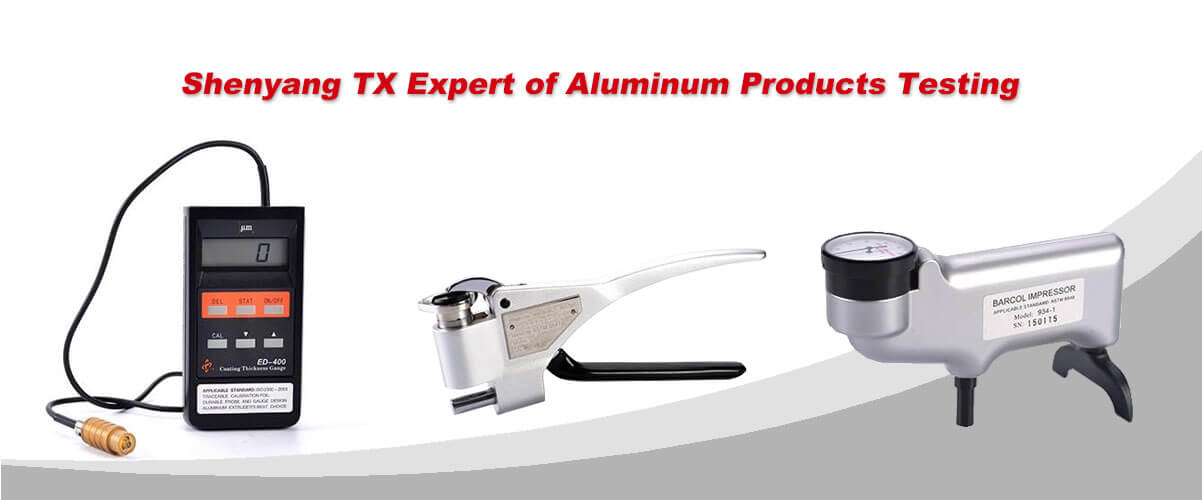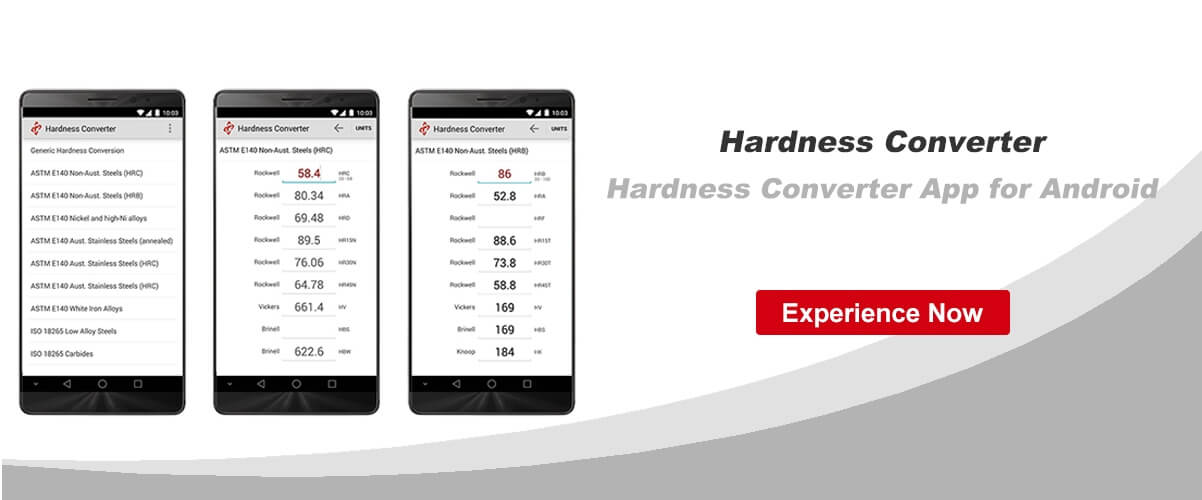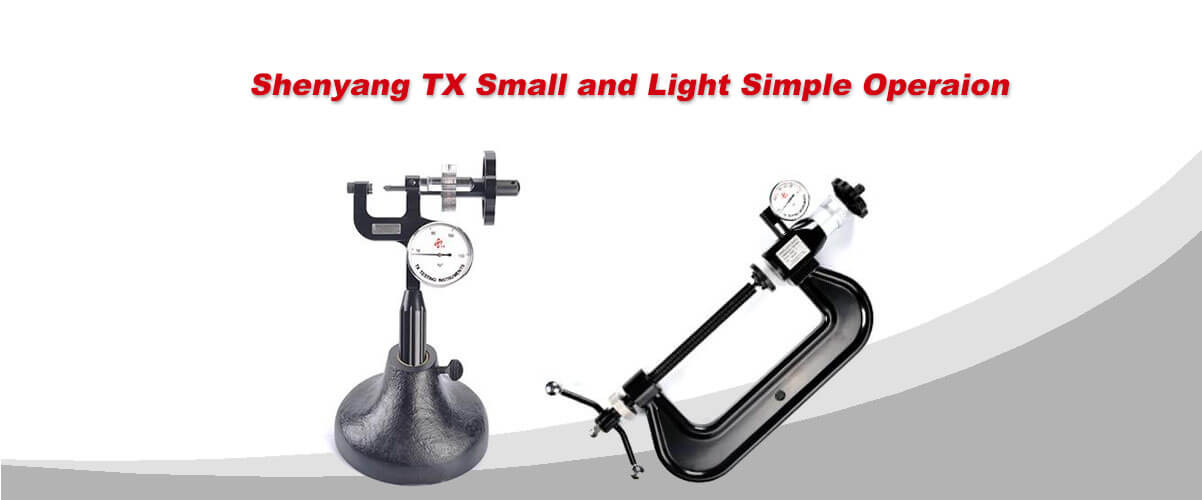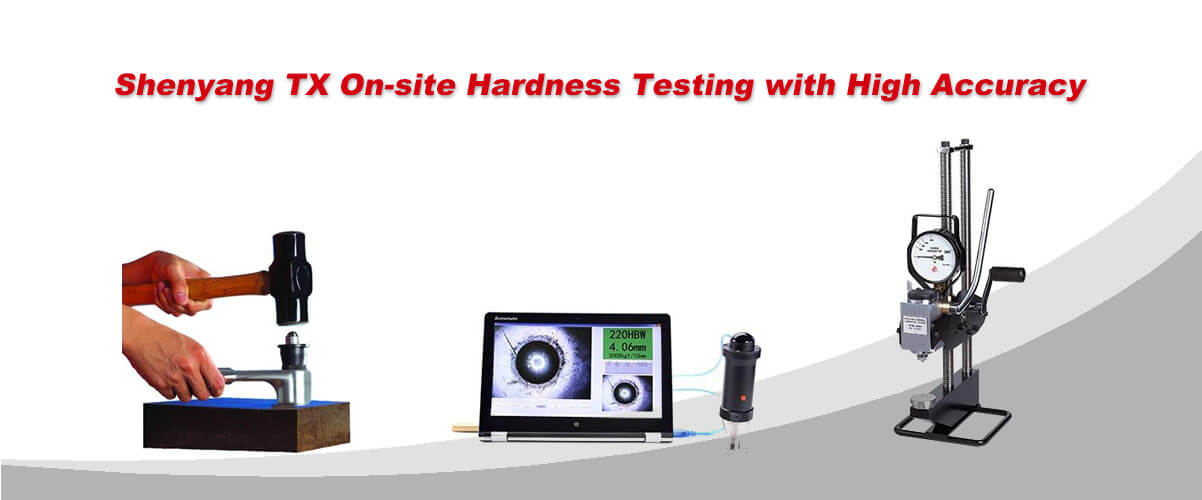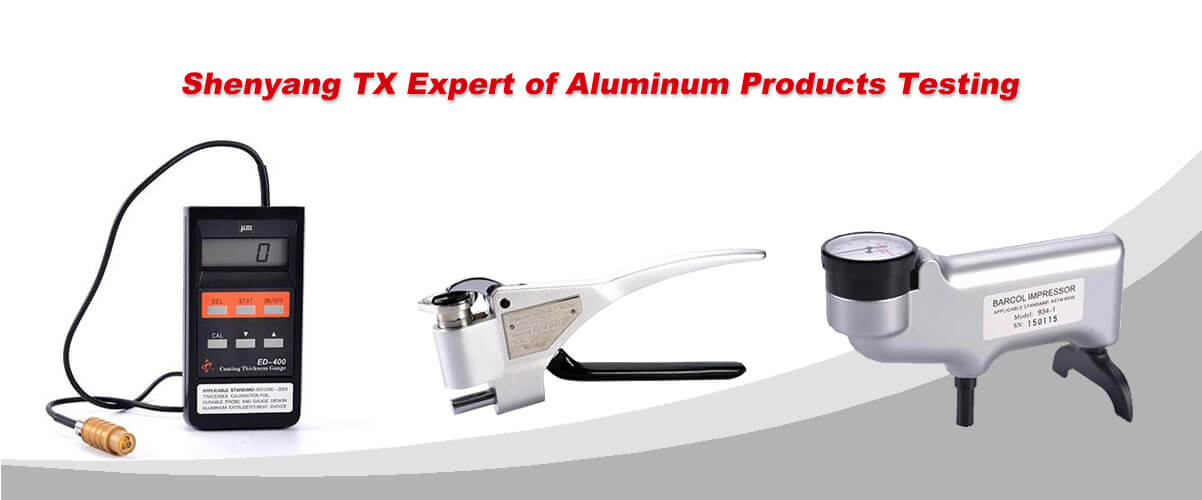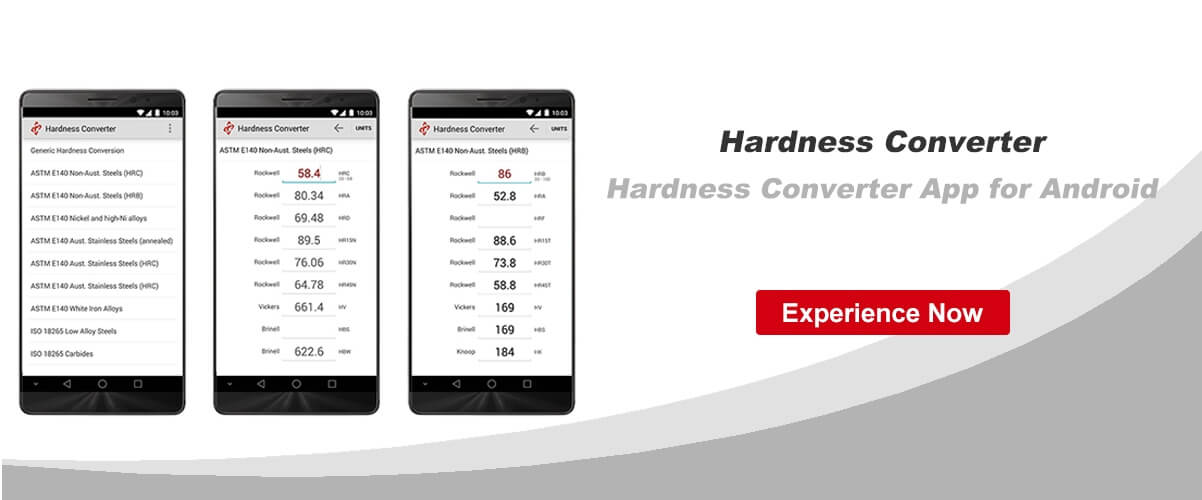The traditional Brinell measurement method uses cemented carbide balls with a certain diameter to be pressed into the surface of the sample under the action of a specified test force F. After a certain test force is kept for a certain time, the test force is removed, and the indentation diameter D left on the sample surface is measured. Brinell hardness is calculated by dividing the test force by the indentation surface area S.
The advantages of this method are: the indentation is large, the hardness value is slightly affected by the microsegregation and uneven composition of the sample structure, the dispersion of the test results is small, the reproducibility is good, and there is a good corresponding relationship with the tensile strength value of the material, so it can objectively reflect the real mechanical properties of the material. Due to the above advantages of Brinell hardness test method, it has been widely used in the industrial field, and it has been used to test castings, forgings, steel, quenched and tempered parts and non-ferrous metals. It has become one of the most widely used and commonly used hardness testing methods.
Traditional Brinell hardness measurement has the following disadvantages:
1. There are many steps and a long time to test the sample. Brinell hardness testing method is
obtained by indentation on the sample surface. When testing Brinell hardness, firstly, a certain
experimental force and a certain diameter indenter should be applied to the sample, then the
indentation diameter should be measured by a special reading microscope, and finally the Brinell
hardness value can be obtained by looking up the table according to the measured indentation
diameter. The whole step is tedious and time-consuming.
2. It is easy to introduce human error. In traditional Brinell hardness testing, the indentation is read
manually by a reading microscope, so that the diameter reading of the indentation will be deviated
due to various artificial factors.
3. High labor intensity. The diameter of Brinell hardness indentation is generally only about 4mm,
and hundreds of indentations a day will make people feel dizzy and tired.
4. You can't test on a curved surface. According to the principle of Brinell hardness testing, the
Brinell hardness test can only be tested on a plane. For curved samples, a small plane should be
polished mechanically or manually before the Brinell hardness test can be carried out.

